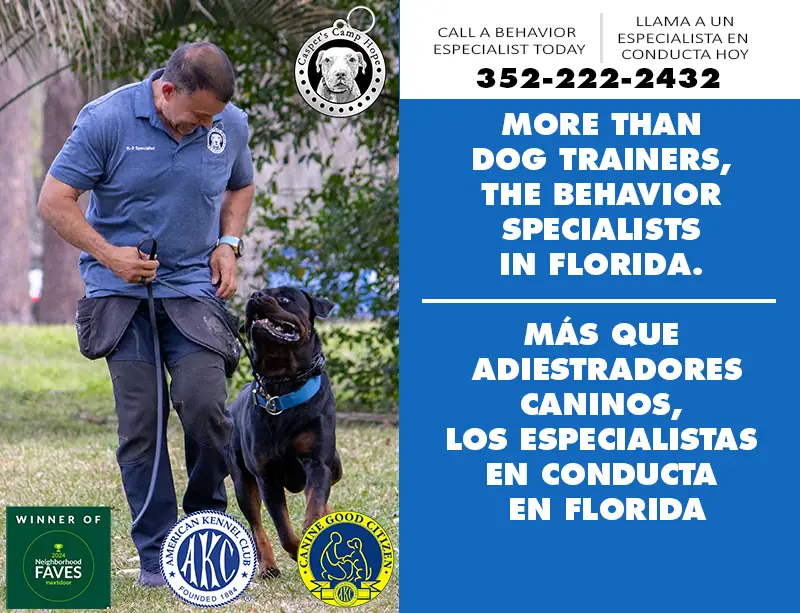Bringing a puppy into your home is a joyful experience, but it also comes with a responsibility: shaping your puppy’s behavior and temperament from the very start. Calm, confident puppies become balanced adult dogs, and much of that foundation is built through your daily interactions and leadership. Here are expert-backed tips to help your puppy grow into a calm, well-adjusted companion.
- Lead with Calm Energy
Puppies are highly perceptive and closely attuned to the energy of their humans. If you remain relaxed, move slowly, and use a steady, low voice, your puppy will learn to mirror this calmness. Avoid sudden movements or excitement, as these can easily overstimulate young dogs. When your puppy becomes excitable, pause and wait for them to settle before offering attention or rewards. This teaches self-control and patience. - Avoid High-Pitched Voices
The way you communicate matters. Use a soft, calm, and neutral tone when interacting with your puppy. High-pitched voices, squealing, or baby talk may seem affectionate, but they can actually create unnecessary excitement or confusion. Clear, calm communication sets the right tone for learning. - Learn from the Mother Dog’s Approach
Mother dogs are natural leaders—they guide, groom, and correct their puppies with clarity and calmness, never through fuss or excessive excitement. There’s no hugging, kissing, or coddling—just a steady, confident presence. Emulating this approach helps your puppy understand boundaries and feel secure. - Consistent Correction—Just Like Mom
If your puppy becomes too excited or misbehaves, calmly redirect or correct the behavior. Consistency is crucial. Avoid emotional reactions; instead, reset boundaries calmly and clearly. Puppies need to know what is expected of them, just as a mother dog provides punctual, clear, and fair guidance. - Encourage Quiet Time
Puppies need regular downtime to rest and process new experiences. Provide a safe, quiet space like a crate or designated area where your puppy can decompress without constant stimulation. This helps prevent overstimulation and supports healthy development. - Prioritize Structure and Routine
Predictable routines for meals, potty breaks, play, and rest help puppies feel safe and reduce anxiety or hyperactivity. Structure provides a sense of security, making it easier for your puppy to understand what comes next. - Socialize Mindfully
Socialization is about quality, not quantity. Allow your puppy to observe new people, dogs, and environments in a calm, controlled manner. Neutral interactions are best—there’s no need for your puppy to meet every stranger. Expose your puppy to a variety of situations from a safe distance so they can watch, learn, and become desensitized to different stimuli. Always monitor for signs of overstimulation and provide space to decompress when needed. - Let Puppies Learn from Balanced Adults
Whenever possible, allow your puppy to interact with calm, balanced adult dogs (including the mother if available). Adult dogs teach boundaries and manners in ways humans can’t always replicate, offering valuable lessons in canine communication and behavior. - Limit Affection to Calm Momen
Save cuddles and affection for moments when your puppy is calm, not when they’re excited or demanding attention. This reinforces the idea that calm behavior is rewarded. Gentle praise or a quiet pet is often all that’s needed. - Prevent Overstimulation
Too many toys, people, or activities can easily overwhelm a puppy. Keep play sessions short and structured. After periods of excitement, provide a quiet place for your puppy to rest. Don’t leave toys out all the time—use them for interactive, outdoor play sessions. This not only strengthens your bond but is also a great way to train and help your puppy burn energy. - Make Routine Your Ally
Set regular times for feeding, walks, play, and rest. Predictability helps puppies feel safe, reduces anxiety, and supports good habits. - Be Consistent with Boundaries
Just like a mother dog, set and maintain clear boundaries. If your puppy jumps, mouths, or barks for attention, calmly redirect and wait for calmness before engaging. Consistency helps puppies understand what is expected of them. - Avoid Humanizing Behaviors
While it’s tempting to treat your puppy like a baby, dogs understand leadership through calm, confident actions—not through hugging, kissing, or excessive affection. Clear, canine-appropriate communication is key. - Practice Patience
Puppies are learning every moment. Stay patient and remember that a calm environment and steady leadership are the best gifts you can give. Growth takes time, but the results are worth it.
In summary:
A puppy who spends more time learning from a calm, balanced mother or adult dog often grows up to be more centered and confident. As humans, our job is to mirror that leadership—clear, calm, and consistent. A calm puppy becomes a balanced adult dog, especially when guided by steady, consistent leadership—just like a mother dog provides.

Ready to help your puppy become a calm, balanced adult dog?
Contact Casper’s Camp Hope – Dog Training and Behavior Specialists today for your free phone consultation. Whether you need help with obedience, behavior challenges, or want to give your dog the best start in life, our personalized training programs are here to support you and your canine companion every step of the way.
Call us at 352-222-2432 or visit our website to get started: https://www.casperscamphope.




